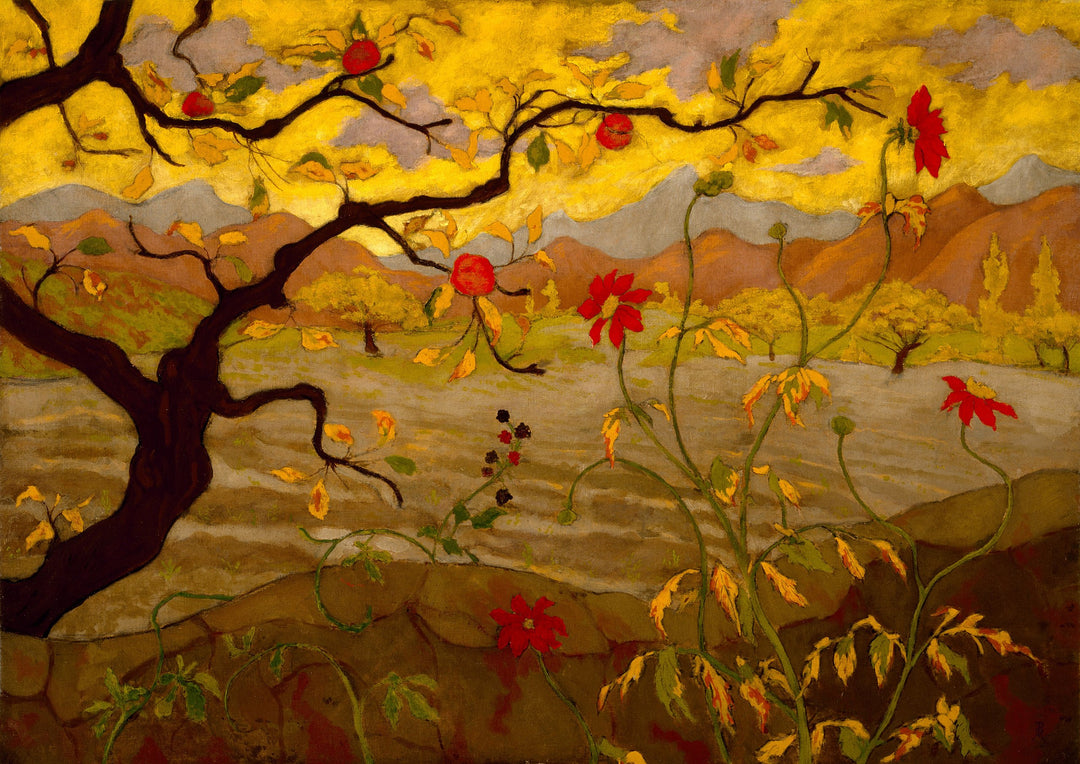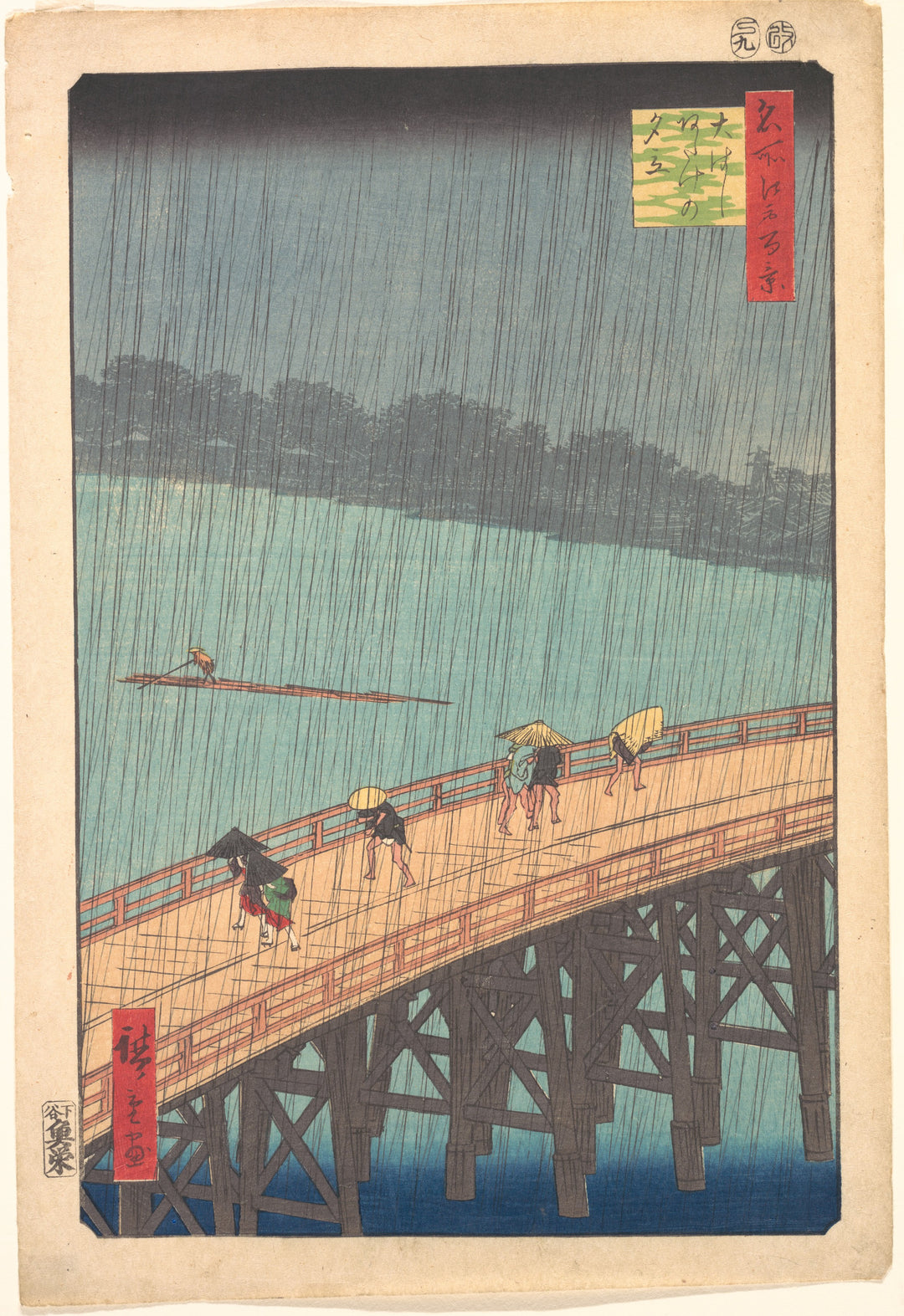
Ukiyo-e
Genre of Japanese art that emerged during the Edo period (1603-1868) and significantly influenced Europe in the late 19th and early 20th centuries, shaping a new trend called japanism. This genre of art called ukiyo-e focuses on depicting urban life, landscapes, and theatrical scenes. Influenced by Zen Buddhism, which emphasized the transience of life and ephemeral beauty.
Ukiyo-e artists primarily used the woodblock printing technique, which allowed for mass production and accessibility of works to a wide audience. The term ukiyo-e literally means "pictures of the floating world," and the ukiyo-e printing process consisted of four main phases, namely:
Design: The artist created a detailed drawing on paper, which was then transferred to wood.
Size: An engraver carved the design into wooden blocks, one for each color.
Print: The printers applied ink to the wooden blocks and pressed them onto paper to create the prints.
Publication: The editor oversaw the production and distribution of the final works, which could be produced in large quantities due to the nature of woodcut printing.
Among the most prominent exponents of ukiyo-e are Katsushika Hokusai, whose work includes "The Great Wave off Kanagawa", Utagawa Hiroshige, famous for his series "Fifty-three Stations of the Tōkaidō," and Kitagawa Utamaro, known for his portraits of women. This movement had a profound influence on the impressionismEuropean, capturing the attention of artists such as Vincent van Gogh, Claude Monet and Edgar Degas. European Impressionists adopted elements of ukiyo-e, such as the use of color, flat perspective, and the depiction of everyday scenes. Japonism, a cultural phenomenon that emerged in Europe in the late 19th century, was also influenced by the techniques and themes of ukiyo-e, highlighting its global impact.




